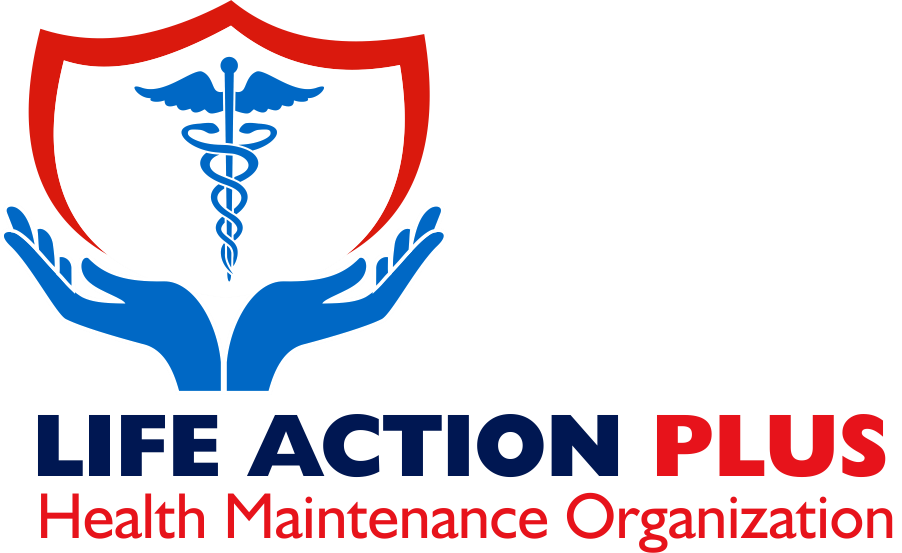Vitiligo is a skin disorder in which smooth white areas called macules or patches appear on a person’s skin. It generally starts on the hands, forearms, feet and face. Vitiligo may have a genetic component, as the condition tends to run in families. It is sometimes associated with other medical conditions including thyroid dysfunction, and there is no way to determine if it will spread or remain confined to one location.
Types of Vitiligo
Generalized Vitiligo; which is the most common type, where macules appear in various places on the body.
Segmental Vitiligo: this is restricted to one side of the body or one area such as the hands or face.
Mucosal Vitiligo: this affects mucous membranes of the mouth and or the genitals.
Focal Vitiligo: this is a rare type in which the macules are in a small area and does not spread in a certain pattern within 1-2 years.
Trichrome Vitiligo: this means that there is a white or colourless center, then an area or light pigmentation, and then an area of normally coloured skin.

Symptoms:
White patches on the skin are the main sign of Vitiligo. These patches are more common in areas where the skin is exposed to the sun. The patches may be on the hands, feet, arms, face and lips. Other common area for white patches are; the armpit and groin, around the mouth, eyes, nostrils, navel, genitals, and rectal areas.
Causes:
Although the causes of Vitiligo aren’t completely understood, there are a number of different theories of possible causes of the disease. This includes:
Auto-immune disorder: The affected person’s immune system may develop antibodies that destroy melanocytes.
Genetic factor: certain factors that may increase the chance of getting Vitiligo can be inherited. About 30% of Vitiligo cases run in families.
Neurogenic factors: A substance that is toxic to melanocytes may be released at nerve endings in the skin.
Self-destruction: A defect in the melanocytes causes them to destroy themselves.


